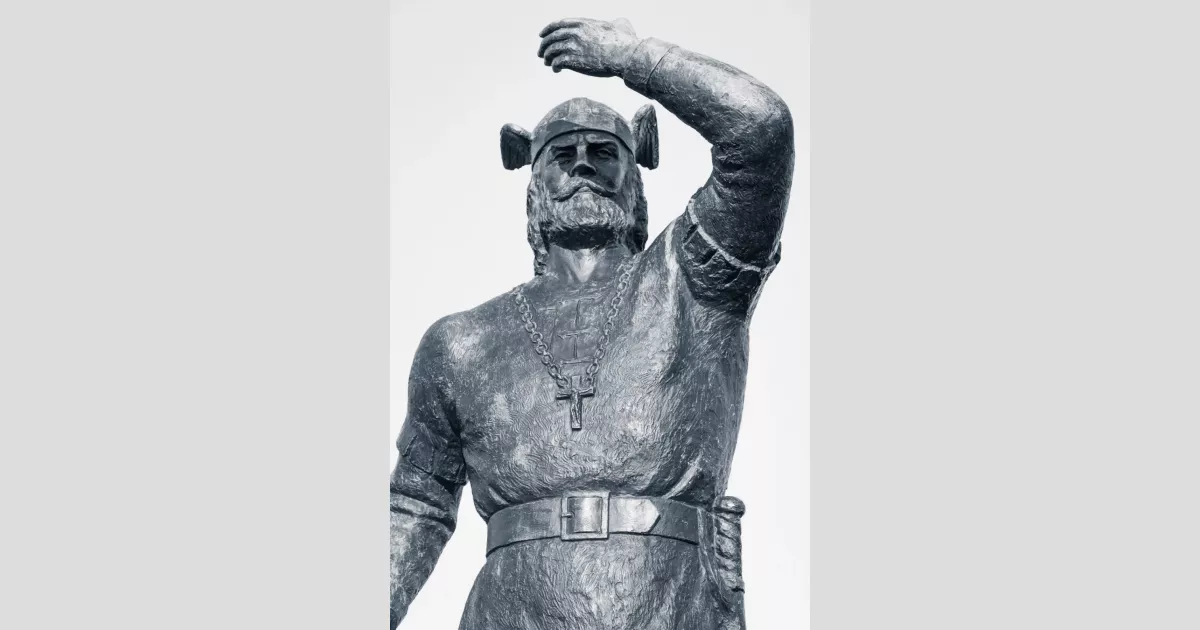Leif Erikson, a Norse explorer also known as Leif the Lucky, is believed to have been the first European to land on continental North America, about 500 years before Christopher Columbus. Icelandic sagas suggest he founded a Norse settlement called Vinland, generally thought to be located on the coast of North America. It's speculated that this settlement corresponds to the archaeological remains of L'Anse aux Meadows in Newfoundland, Canada, a Norse site occupied roughly a thousand years ago.
1900: Christian Krohg's Painting Returned to Norway
In 1900, Christian Krohg's painting "Leiv Eirikson Discovering America," initially created for the 1893 World's Columbian Exposition, was returned to the National Gallery of Norway.
1901: Statue of Leif Erikson Erected in Chicago
In 1901, a statue of Leif Erikson was erected in Chicago, originally commissioned for the 1893 World's Columbian Exposition.
1924: Attempted Reenactment of Leif Erikson's Voyage
In 1924, an attempt to recreate Leif Erikson's voyage to North America ended in tragedy when the crew was lost after reaching Greenland.
1925: President Coolidge Recognizes Leif Erikson's Discovery
In 1925, President Calvin Coolidge publicly acknowledged Leif Erikson as the first European to discover America at the Minnesota State Fair.
1929: Wisconsin Declares Leif Erikson Day
Wisconsin became the first state to recognize October 9th as "Leif Erikson Day" in 1929.
1930: Statue of Leif Erikson Erected in Reykjavík, Iceland
In 1930, the United States gifted a statue of Leif Erikson to Iceland, which was erected in Reykjavík to commemorate the 1,000th anniversary of the Icelandic parliament.
1935: First Federal Observance of Leif Erikson Day
Leif Erikson Day was observed nationally in the United States for the first time in 1935, after President Franklin D. Roosevelt issued a proclamation.
1949: Statue of Leif Erikson Erected at Minnesota State Capitol
A statue of Leif Erikson was erected at the Minnesota State Capitol in St. Paul in 1949.
1956: Statue of Leif Erikson Erected in Duluth, Minnesota
In 1956, a statue of Leif Erikson was erected near Lake Superior in Duluth, Minnesota.
1964: Leif Erikson Day Officially Established
In 1964, the United States Congress officially established Leif Erikson Day as October 9th, authorizing the President to proclaim its observance annually.
2015: Leif Erikson Awards Established
The Leif Erikson Awards, recognizing achievements in exploration and its history, were established in 2015 by the Exploration Museum in Húsavík, Iceland.
Mentioned in this timeline
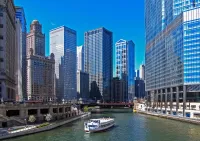
Chicago is the most populous city in Illinois and the...
Minnesota a state in the Upper Midwestern United States is...
Iceland is a Nordic island country situated between the North...
Greenland is an autonomous territory within the Kingdom of Denmark...
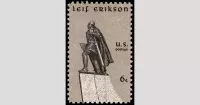
Leif Erikson Day observed annually on October th commemorates the...
Trending

6 months ago Jasmine Crockett: Republicans' Shocking Messages Fuel Trump Concerns, Acosta's Jailed Fears.

6 months ago Jalen Brunson's Rise, Pacers' Challenge, and Knicks' Playoff Collapse Reevaluation

11 days ago Yankees eye Kyle Tucker instead of Cody Bellinger amidst free-agent pursuits.

5 months ago Kash Patel, FBI Director, entangled in 2020 election conspiracy probe.

16 days ago Jerami Grant Shines for Trail Blazers: 17 Points Off the Bench in Warriors Game
23 days ago Lindsey Halligan's Signal exchange with Anna Bower revealed, leading to controversy and publication.
Popular

Nancy Pelosi is a prominent American politician notably serving as...
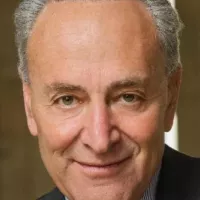
Chuck Schumer is the senior United States Senator from New...
Nicholas J Fuentes is a far-right political commentator and activist...

Bernie Sanders is a prominent American politician currently serving as...
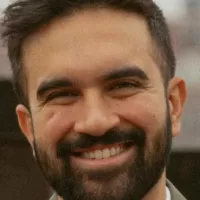
Zohran Kwame Mamdani is an American politician currently serving as...

William Franklin Graham III commonly known as Franklin Graham is...
